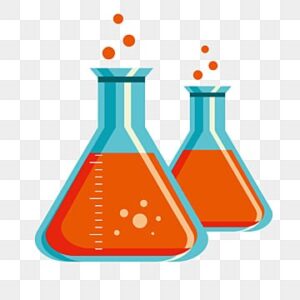Chernobyl’s Radioactive Farmland: Could It Be the Next Big Harvest? New Study Says Yes, But Bureaucrats Say No!
Hold on to your Geiger counters—forgotten fields around Chernobyl might actually be safe for farming again! A groundbreaking study from researchers at the University of Portsmouth and the Ukrainian Institute of Agricultural Radiology reveals that vast swaths of soil, once doomed by the 1986 disaster, could be back in action. It’s like turning nuclear waste into wheat, folks. But will Ukraine’s red tape let it happen? #ChernobylAwakens #RadioactiveFarming #NuclearOops
In the shadow of one of history’s biggest screw-ups, scientists are dropping a bombshell: parts of Chernobyl’s agricultural land could be rehabbed for growing crops. A recent investigation shows these soils are safer than we thought, thanks to a standardized protocol for measuring radionuclide contamination. Researchers from the University of Portsmouth and the Ukrainian Institute of Agricultural Radiology crunched the numbers on stuff like cesium-137, and hey, it might just pass muster—as long as Ukraine’s strict food safety rules get the green light. Of course, "Zona di Esclusione" (or Zone 1) is still a no-go ghost town, but we’re talking potential gold in them radioactive hills.
After the 1986 meltdown, the Soviets dragged their feet evacuating places like Pripyat, leaving behind what we now call the "Zona di Esclusione", a 4,200-square-kilometer dead zone with zero human vibes. Surrounding that mess are the "Zona di Reinsediamento Obbligatorio" (Zone 2, where farming and living are still banned) and the "Zona di Reinsediamento Volontario Garantito" (Zone 3, which might let you plant if you play it safe with radiation mitigation). Ukraine’s been stuck with these zones since 1991, based on contaminants like cesium-137 and strontium-90, but nobody’s bothered to update them despite radioactivity dropping over time. Meanwhile, Russia and Belarus check theirs every five years—talk about inconsistent global nonsense!
The real shocker comes from the study’s fieldwork near Mezhiliska, about 60 km from the Chernobyl plant. They dug up 19 soil samples from a 100-hectare patch, all covered in wild grass, and tested for nasties like cesium-137, strontium-90, and plutonium-239/240. Results? Levels are way below Ukraine’s safety limits, meaning no major health risks if we keep an eye on things. This could open up huge areas in the northern region—currently locked in Zone 2—for growing staples like potatoes, grains, corn, and sunflowers. Sure, we need more checks for farmers and eaters, but this isn’t just about Ukraine; it could revolutionize contaminated lands worldwide. Who knew a disaster zone might become a breadbasket?
